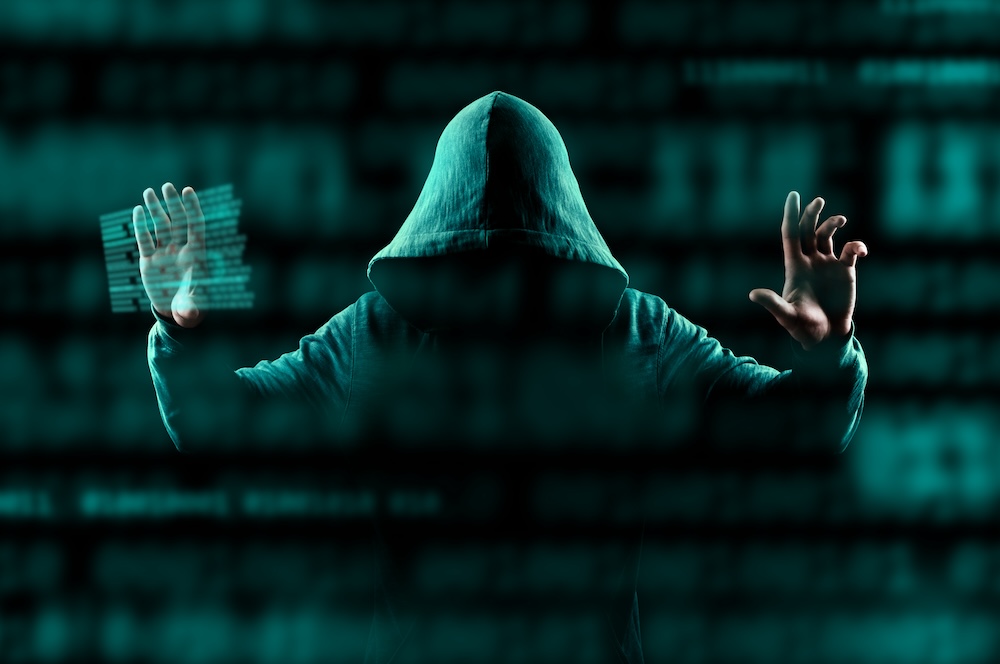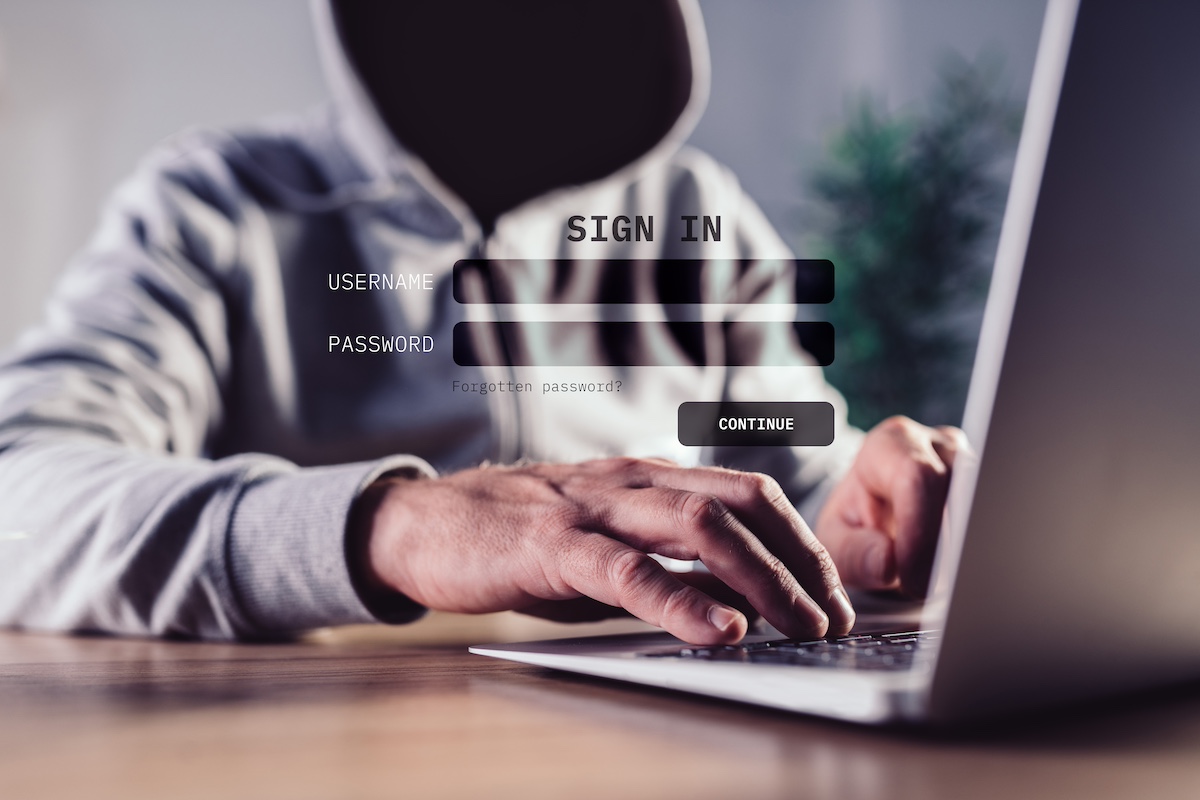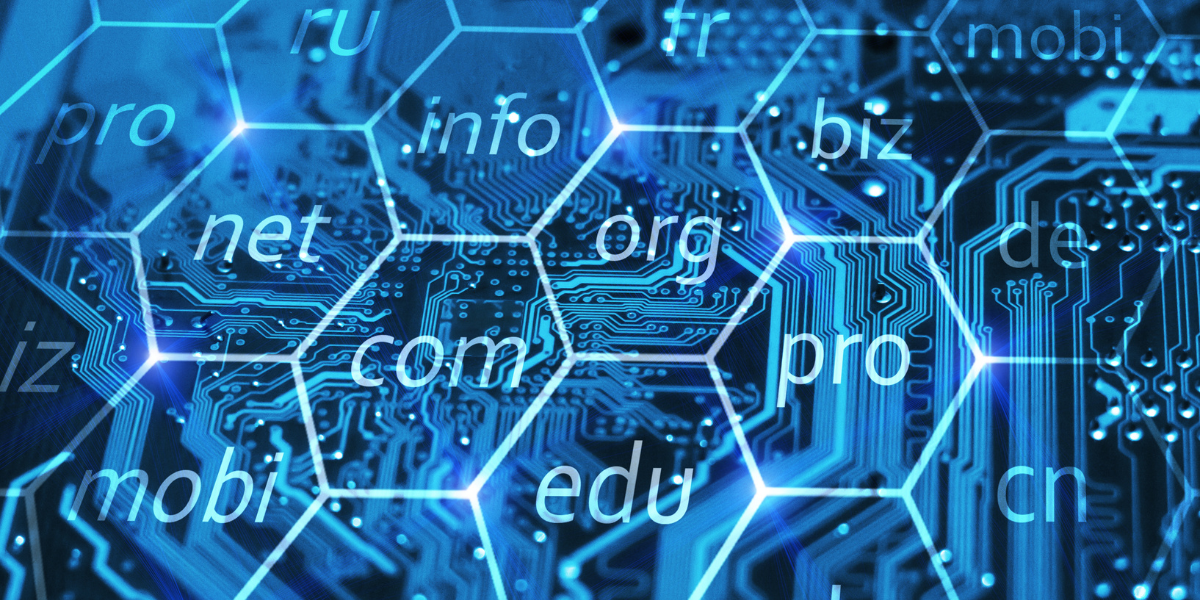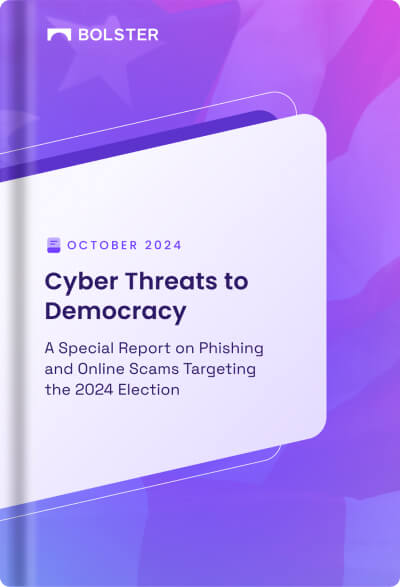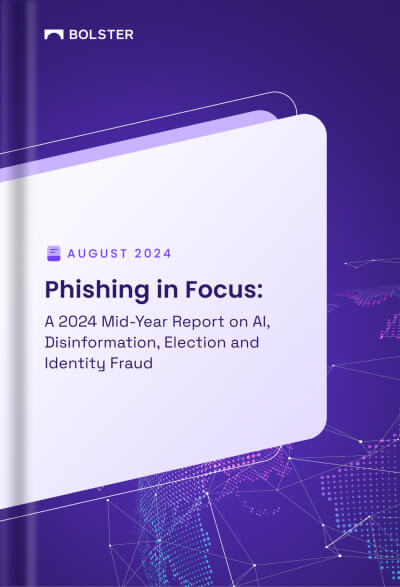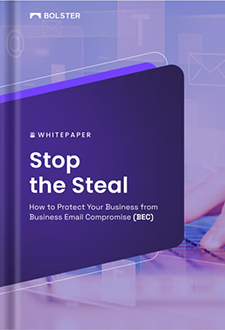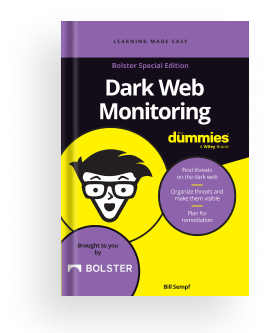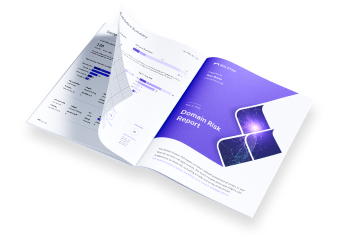In today’s interconnected world, cybersquatting has become a prevalent issue that poses significant risks to businesses and individuals alike. By implementing best practices for prevention, we can ensure that our digital assets remain secure and protected from malicious actors. Let’s dive into the world of cybersquatting and discover how we can stay one step ahead.
What is Cybersquatting?
Cybersquatting refers to the act of registering, trafficking, or using a domain name with bad faith intent. It involves the abuse of someone else’s trademark in order to profit from their reputation.
This unethical practice can cause significant harm to businesses and individuals alike by redirecting traffic intended for legitimate websites and tarnishing brand reputations.
Definition of cybersquatting
Cybersquatting, a form of domain name abuse, refers to the act of registering or using a domain name in bad faith with the intention to profit from someone else’s trademark. It involves targeting various types of domains, including brand names, common misspellings, and variations thereof.
This malicious activity has significant repercussions for businesses as it can result in reputational damage and financial losses due to confusion among consumers and diversion of web traffic.
Examples of cybersquatting
Famous cases and high-profile companies affected by cybersquatting include:
- Google.com: In 2000, a cyber squatter registered the domain name “googledotcom.com” with the intention to deceive users seeking to access Google’s search engine.
- Microsoft: A cyber squatter registered numerous domains using misspellings of Microsoft’s popular products, such as “windwosliveemail.com” and “offcie365online.com,” in an attempt to redirect unsuspecting visitors.
Methods used by cyber squatters to exploit brand identities can be diverse, but two of the most common threats include:
- Typosquatting: Cyber squatters register domains that closely resemble popular brands or trademarks but contain slight misspellings or variations. This tricks users into believing they are accessing legitimate websites.
- Domain hoarding: Squatters purchase multiple domains related to a particular brand or industry in order to monopolize online presence and sell them at exorbitant prices.
Consequences faced by victims of cybersquatting include, but are not limited to reputational and financial loss.
- Loss of business reputation: When consumers encounter fraudulent websites posing as legitimate businesses, it can damage the reputation and credibility of the actual company.
- Financial losses from diverted traffic: Cybersquatters may redirect web traffic intended for a legitimate website towards their own site, causing potential customers or clients to be lost.
We will dive more into the reasons for cybersquatting attacks.
Motives Behind Cybersquatting
Financial gains through reselling domain names or advertising revenue can be a primary motive behind cybersquatting.
Those engaging in this practice register domains with the intention of later selling them at a higher price, taking advantage of their perceived value. Alternatively, they may exploit these domains by hosting advertisements and generating revenue through clicks.
In some cases, cybersquatting is driven by bad faith intentions to disrupt a competitor’s online presence and cause reputation damage. By obtaining similar domain names to those used by established brands or businesses, individuals engage in abusive practices that confuse consumers and tarnish the targeted entity’s image.
Additionally, there are instances where cybersquatting is motivated by revenge against specific individuals or brands. This form of malicious intent involves registering domains associated with these targets as a means of causing harm or seeking retribution for perceived grievances.
The Impact of Cybersquatting
Financial losses are a significant consequence of cybersquatting. Companies can lose valuable revenue due to the unauthorized use of their brand names and trademarks in domain names. This can lead to direct financial harm, such as lost sales or decreased website traffic, as well as legal costs associated with pursuing cases against cybersquatters.
Reputational damage is another impactful outcome of cybersquatting. When someone registers a domain name that includes a company’s trademark or brand name, they could use it for malicious purposes or engage in fraudulent activities. This not only harms the company’s reputation but also erodes customer trust and confidence in their online presence.
Customer confusion is an additional concern resulting from cybersquatting. Consumers may inadvertently stumble upon websites with similar domains thinking they are affiliated with reputable brands, leading them to disclose personal information or make purchases on fraudulent sites unknowingly. Such instances breed distrust among customers and undermine legitimate businesses’ efforts to establish strong online identities.
Financial losses
Businesses facing cybersquatting threats can experience significant financial losses in various ways. These include:
- Legal fees and court battles: Companies may need to engage in costly legal proceedings and hire attorneys to protect their trademarks or domain names from cybersquatters.
- Loss of potential customers to counterfeit websites: When cybercriminals create fake websites that resemble legitimate ones, businesses risk losing customers who unknowingly make purchases or share sensitive information on these fraudulent platforms.
- Decreased revenue due to diverted web traffic: Cybersquatting can divert web traffic away from a company’s website, resulting in reduced visibility, lower conversion rates, and ultimately decreased revenue.
Reputational damage
Misrepresentation of a brand’s values and image can have severe reputational damage. When fraudulent websites mislead customers by using the brand’s name or logo, it tarnishes the trust that consumers have placed in the company. Negative customer reviews on these websites only exacerbate the problem, further damaging the brand’s reputation and leading to a loss of trust among consumers.
Customer confusion
- ‘Phishing’ attacks impersonating legitimate websites: Cyber criminals are becoming increasingly sophisticated in their methods of deception, using ‘phishing’ attacks to trick customers into revealing sensitive information. By impersonating legitimate websites, they create a sense of trust and familiarity, leading customers to unknowingly provide personal data such as login credentials or financial details.
- ‘Typosquatting’ exploiting common spelling mistakes in domain names: With the rise of online shopping and digital transactions, cyber criminals have found a new way to exploit customer confusion. By registering domain names that closely resemble popular websites but contain slight spelling errors (‘typosquatting’), they lure unsuspecting users into entering their personal information on fraudulent sites. It is crucial for customers to double-check the website address before sharing any sensitive data.
- ‘Brandjacking’ using similar domain names to deceive customers: Another technique employed by cyber squatters is ‘brandjacking’, where they register domains that mimic well-known brands or trademarks. These deceptive URLs can easily confuse customers who may assume they are on an official website when making purchases or providing personal information. Vigilance is key for both businesses and consumers in order to avoid falling victim to these fraudulent practices.
Combating Cybersquatting
Domain Name Monitoring is an essential strategy in the fight against cybersquatting. By regularly monitoring and tracking domain names that are similar to your brand, you can quickly identify potential instances of cybersquatting and take appropriate action to protect your intellectual property rights.
Legal remedies also play a crucial role in combating cybersquatting. Initiating legal proceedings against infringing parties sends a strong message that unauthorized use of your brand will not be tolerated, deterring potential cybersquatters from targeting your business.
Brand protection strategies, such as trademark registration and enforcement, are vital for preventing and mitigating the risks associated with cybersquatting. A proactive approach to protecting your brand’s reputation online can help ensure that you maintain control over your intellectual property assets in the digital age.
Domain name monitoring
Regular domain name monitoring is of utmost importance in today’s digital landscape. It allows organizations to stay proactive and vigilant against potential threats such as cybersquatting attempts. By continuously monitoring their domain names, companies can detect any unauthorized use or registration of similar domains that may be used to deceive customers or tarnish their brand reputation.
To ensure effective domain name monitoring, IT security professionals employ various techniques and tools. These include automated systems that regularly scan the internet for newly registered domains resembling their own, as well as employing third-party services that provide comprehensive reports on potential infringements. By utilizing these tools and techniques, organizations can maintain a robust defense against cybersquatting incidents before they escalate into legal disputes.
Proactive monitoring plays a crucial role in detecting early signs of cybersquatting attempts. Instead of waiting for trademark infringement cases to arise, organizations conduct regular scans to identify any possible misuse or unauthorized registrations related to their brand identity. This proactive approach enables swift action in addressing issues before they cause significant harm to the company’s reputation and customer trust.
Remember: Vigilance is key when it comes to protecting your brand from the growing threat of cybersquatting. Regularly monitor your domain names using advanced techniques and tools while staying one step ahead through proactive scanning methods.
Legal remedies
When it comes to tackling cybersquatting, there are several legal options available.
One approach is to take advantage of the cybersecurity laws and regulations specifically related to this issue. These laws provide a framework for pursuing legal action against cybersquatters and protecting your organization’s online assets. Additionally, recovering infringing domains through legal actions can be an effective strategy in reclaiming your brand identity and mitigating any potential damage caused by these malicious actors.
Brand protection strategies
Establishing a comprehensive brand protection strategy is crucial in safeguarding your company’s reputation and assets. By implementing proactive measures, such as regularly monitoring domain names for potential cybersquatting incidents, you can prevent unauthorized use of your brand identity online.
It is also essential to vigilantly monitor social media platforms to identify and address any misuse of your brand, mitigating the risk of reputational damage. Stay one step ahead by developing robust brand protection strategies that protect your business in today’s digital landscape.
Best Practices for Cybersquatting Prevention
1. Secure Domains and Trademarks
Implementing strong domain registration practices is crucial in protecting your brand from cybersquatting. This includes choosing secure and unique domain names, enabling two-factor authentication for account access, and regularly updating passwords to prevent unauthorized transfers.
Monitoring domain expiration dates is essential to ensure that your domains are not inadvertently released or transferred without authorization. By staying vigilant and renewing registrations on time, you can avoid potential cyber threats and maintain control over your online presence.
Obtaining trademarks for key brand names and logos provides legal protection against infringement and helps deter cybersquatters. Registering these trademarks strengthens your position when it comes to enforcing intellectual property rights, giving you the ability to take legal action against those who misuse or misrepresent your brand online.
2. Educating Employees and Customers
Train employees on identifying cybersquatting attempts to safeguard your organization’s online reputation and intellectual property. Equip them with the knowledge of common tactics used by cybercriminals, such as typosquatting and brandjacking. By raising awareness among employees, you create a collective defense against these threats.
Teach customers about the risks of phishing attacks disguised as legitimate websites. Provide educational materials and workshops that empower users to recognize suspicious URLs, email attachments, or messages asking for sensitive information. Educating customers about this threat helps prevent potential data breaches and financial losses.
Promote awareness of common cybersquatting tactics through regular communication channels. Utilize newsletters, social media platforms, or internal memos to share updates on recent cases and emerging trends in cybersquatting. By keeping everyone informed, you foster a vigilant community that can identify and report potential instances of this malicious activity promptly.
3. Regular Monitoring and Enforcement
- Utilize automated monitoring tools to promptly detect potential cybersquatting cases
- Regularly review trademark databases for any new registrations that may infringe upon your brand
- Take immediate legal action against identified cybersquatters to safeguard your intellectual property rights.
4. Effective Communication Channels
Establishing a dedicated email address or hotline for reporting suspected instances of cybersquatting provides an accessible and confidential platform for individuals to report potential threats. By maintaining open lines of communication with industry partners, law enforcement agencies, and relevant organizations, valuable information about emerging threats can be shared promptly and efficiently.
Additionally, leveraging social media platforms to educate followers on how to recognize and report cybersquatting attempts enhances awareness in the digital community.
5. Automated Technology Solutions
Invest in advanced cybersecurity tools capable of detecting potential cases of typosquatting. Typosquatting is a common tactic used by cybercriminals to trick users into visiting fraudulent websites that mimic legitimate ones. By investing in advanced cybersecurity tools, you can stay one step ahead and protect your company and customers from falling victim to these deceptive tactics.
Utilize machine learning algorithms that can analyze large datasets for patterns indicative of cybersquatting activities. Cybersquatting involves the unauthorized registration or use of domain names that are similar to existing trademarks or brands, with the intention of profiting from their reputation. By employing machine learning algorithms, you can identify these patterns and take proactive measures to prevent potential infringements.
Consider partnering with domain monitoring services that provide real-time alerts regarding potentially fraudulent domains. These services continuously monitor the internet for any new domain registrations or changes related to your brand name or trademarks. By partnering with such services, you can receive instant notifications about suspicious activities and take immediate action against cybersquatters before they cause harm.
In Conclusion
Effective proactive monitoring and enforcement play a vital role in combating the growing threat of cybersquatting. By closely monitoring online platforms and swiftly taking action against infringing domains, organizations can protect their trademarks and intellectual property rights more effectively.
Through the power of AI and deep learning, Bolster automatically detects, prevents, and remediates phishing attacks. It also continuously monitors the open web, social media sites, app stores, and even the dark web to identify and mitigate many other types of threats.
Know more about Bolster’s industry-leading anti-phishing capabilities with a free demo. Click here to get started.

